Can’t figure out why your deleted files are not showing in the Recycle Bin on Windows 11?
Windows 11 is the latest operating system offered by Microsoft. While many people are still holding on to Windows 10, it will be discontinued in the near future and Windows 11 is the way to go.
This new version of Windows features performance and aesthetic improvements such as a redesigned taskbar, updated Windows and tabs, and improved security.
Sadly, Windows 11 is still not as polished as Windows 10 and issues could occur as you continue to use it on a day-to-day basis.
One issue that we’ve discovered on Windows 11 is the deleted files that are not showing in the Recycle Bin. This is very annoying since you won’t be able to recover files if you accidentally delete them.
In this guide, we will show you what to do if deleted files are not showing in the Recycle Bin on Windows 11.
Let’s get started!
1. Restart Your Computer.
Before doing anything, we suggest restarting your computer if you encounter issues with Windows 11. This should reload your resources and eliminate temporary errors that may have occurred during use.
See the steps below to restart your PC:
- Press the Windows key on your keyboard to open the Start Menu.
- After that, access the Power Options tab.
- Finally, choose Restart and wait for your computer to reboot.
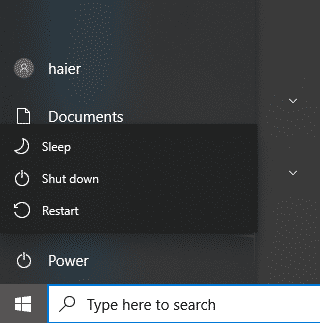
Go to the Recycle Bin afterward and see if your deleted files are showing up.
2. Update Windows.
The version of Windows you’re using might have an underlying issue that causes files to get deleted immediately instead of getting moved to the Recycle Bin. To rule this out, we suggest updating your system to the latest version.
Follow the guide below to update Windows:
- Access the Start Menu on your computer and click on the Gear icon to open Windows Settings.
- Next, open the Windows Update tab from the side menu.
- Finally, click on Check for Update or Download and Install and follow the prompts.
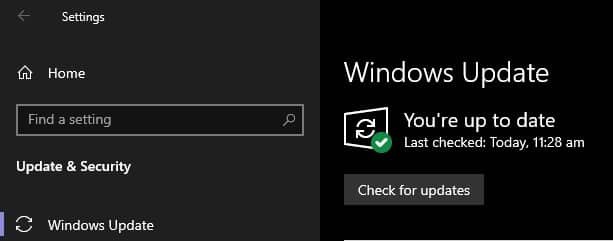
Restart your system after downloading the update and see if the problem is solved.
3. Check Recycle Bin Settings.
There’s a possibility that your Recycle Bin settings are not set properly, which causes your files to get deleted immediately instead of getting transferred to the Recycle Bin.
To fix this, see the steps below to configure your recycle bin settings:
- On your desktop, right-click on the Recycle Bin and choose Properties.
- Under the General tab, make sure that the ‘Don’t move files to the Recycle Bin’ option is not selected.
- Finally, hit OK to save the changes.
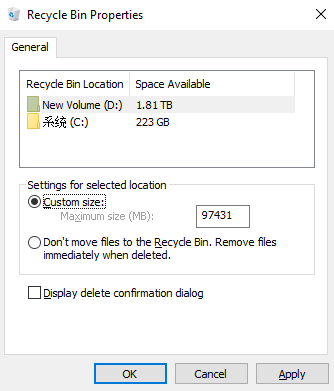
Try deleting a random file and see if it will show up on your Recycle Bin.
4. Check Your Deletion Method.
It’s also possible that the way you delete files is not correct. There are two ways to delete files on Windows. The first one is by right-clicking on the file you want to remove and choosing the Delete option.
On the other hand, you can also permanently delete a file by pressing the Shift + Del keys on your keyboard.
If you are doing the second method, avoid doing so as this will bypass the recycle bin and you won’t be able to recover your files.
5. Check Display Options.
As it turns out, hidden files will remain hidden even after deletion and they are moved to the Recycle Bin. If you want to view hidden files and folders in the Recycle Bin, you’ll need to adjust your display options.
See the steps below to tweak your configurations:
- First, open the Recycle Bin from your desktop.
- After that, click on the View tab in the menu bar.
- Lastly, look for the Show/Hide tab and enable the Hidden Items option.
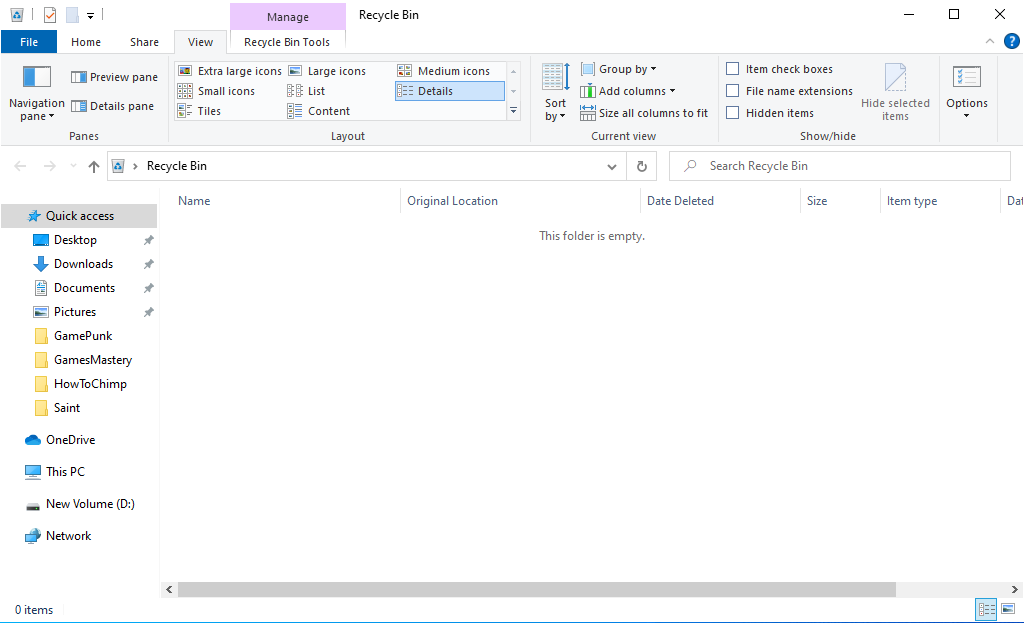
Once done, hidden files and folders should be visible in the Recycle Bin. If not, proceed to the next solution.
6. Increase Recycle Bin Limit.
Not all files you delete will be filtered by the Recycle Bin. Depending on your configurations, a larger file may be removed permanently from your storage if it is over the maximum size set in Recycle Bin.
If you are removing big files from your computer and still want them to be moved to the Recycle Bin, you’ll need to increase your limit.
Here’s what you need to do:
- Locate Recycle Bin from your desktop and right-click on it.
- Next, choose Properties and access the General tab.
- Finally, set the Settings for Selected Location to Custom Size and increase the limit to 40 to 60 GB.

Save the changes and your Recycle Bin should be able to filter larger files and folders.
7. Repair Recycle Bin.
Another reason why your deleted files are not showing in the Recycle Bin is that it’s corrupted. Fortunately, you can solve this with just a few commands in CMD.
See the steps below to repair Recycle Bin on Windows 11:
- Go to the Start Menu and look for Command Prompt.
- Now, click on Run as an Administrator.
- Inside CMD, type ‘rd /s /q C:\$Recycle.bin’ and hit Enter to execute the command. Restart your computer afterward to apply the changes.
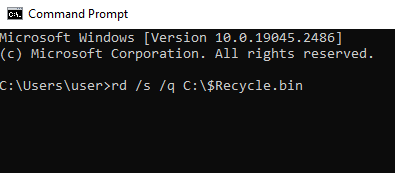
Once done, try deleting another file and see if the problem is solved.
8. Contact Windows Support.
If none of the solutions above worked, we recommend that you let the professionals handle the situation.
Head to Microsoft’s support page and get in touch with their team to report the issue you’ve been experiencing with Windows 11 and the Recycle Bin. Make sure to provide the details of the files you’ve deleted and the version of Windows you’re using to help their team assess the situation faster.
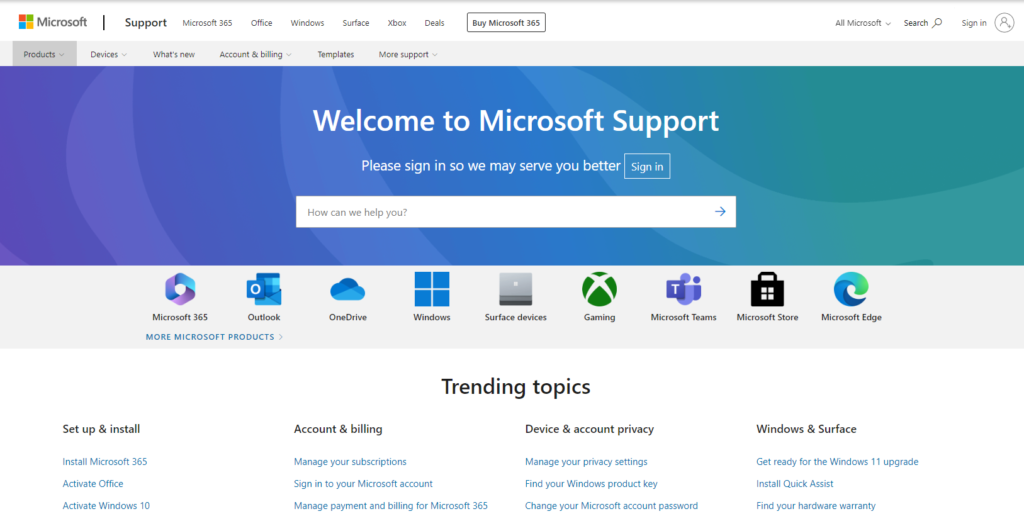
You can also browse the guides on their page and see if you can find other solutions.
That ends our guide on how to fix deleted files that are not showing in the Recycle Bin on Windows 11. If you have questions, please leave a comment below, and we’ll do our best to respond.
If this guide helped you, please share it. 🙂





